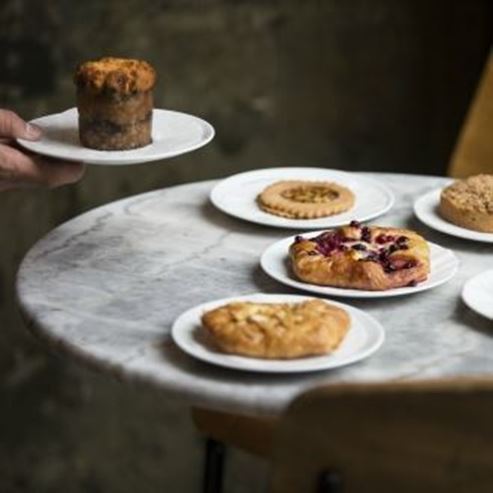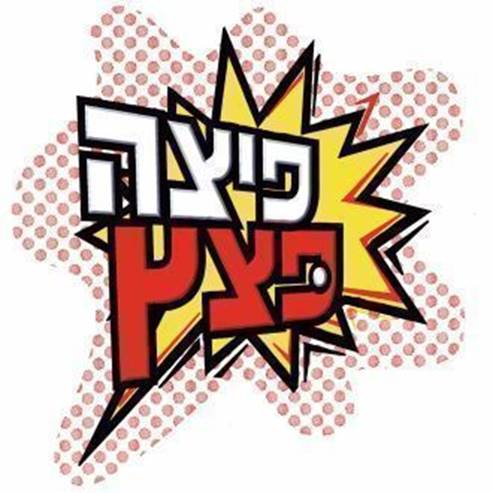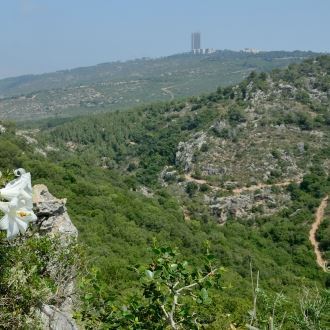Pioneers Trail - Carmel Guard Farm
One way downhill
The Israel Nature and Parks Authority has reopened a trail on the Mishmar HaCarmel Farm - the Pioneers Trail. You can combine it with the path which descends from the Carmel fire victims' memorial to the Mishmar HaCarmel Farm, as well as taking the opportunity to see how the forest has regrown since the awful fire of December 2010.
Main points of interest:
Carmel fire victims' memorial
The Kedumim Quarries
Mishmar HaCarmel Farm
The lake at Nahal Oren
Viewpoint
A lookout over the Carmel from the Carmel fire victims' memorial
The Notrim viewpoint on the Mishmar HaCarmel Farm
Israel Nature and Parks Authority activities to improve visitor services and preserve the site
The Authority has restored the Carmel Farm and set up a campsite for groups including toilets, showers and a cooking area. The Authority is in the process of restoring areas which were damaged in the huge Carmel fire, and is working to bring visitors back to the area: it has renovated the Pioneers Trail, set up a climbing site next to the Kedumim Quarries, and installed a lookout balcony at the Notrim viewpoint. The Authority also took part in the construction of a monument to those who perished in the fire.
How to get the monument:
From the Oren junction (Route 4) go east on Route 721 to Beit Oren and turn right at the Carmel fire victims' memorial, around 300 m before the entrance to Kibbutz Beit Oren.
How to get to the main car park:
From the Carmel fire victims' memorial go west for around 2 km on Route 721 and turn left onto the paved road to the lake car park.
Background
The great Carmel fire
On 2nd December 2010, during a very dry winter, a fire broke out next to Isfiya. The fire raged for five days, during which 44 people perished. The fire completely destroyed around 25,000 dunams, most of which was natural woodland, and damaged around 250 buildings, 74 of which were lightly burned.
A year after the disaster, a memorial was put up to those who perished. Architect Netanel Ben Yitzhak designed a monument in the shape of a huge steel rafter rising up to the sky in a large arch. The arch creates a window over the landscape, through which views of the Carmel slopes that went up in fire can be seen.
The Israel Nature and Parks Authority is working to restore the areas which were damaged. This restoration includes monitoring the regrowth of the woodland, renovating paths which were damaged by the fire and by soil erosion, renovating parking areas and planting trees for shade, and cutting down burnt trees from the sides of roads and paths to prevent safety hazards. The Authority is also uprooting pine shoots to prevents them from taking over the area.
Trip route
1. Kedumim Quarries
A trail marked in black runs down from the memorial on a slope where beta plants grow: the soft-hairy rockrose, the spiny broom, the tree-lobed sage, and the Genista fasselata - one of the most mystifying of Israel’s plants. This thorny plant resembles the spiny broom, and in Israel it grows only in the Carmel.
The trail goes down to a bend in Route 721, and many signs of quarrying can be seen nearby. There was probably a quarry here in the Byzantine period, and it was out of stone from here that the ancient settlement, whose remains can be seen on the Mishmar HaCarmel Farm, was built.
2. Mishmar HaCarmel
From the bend in the road and the parking area, the road which goes up the hill to the Mishmar HaCarmel Farm (Khirbet Shalala) can be seen easily. Continue by foot on the path going diagonally up the slope to the left of the gate, outside of the site’s fence. Climb around 400 m to the gate, and go through here to the farm.
There are remnants of an ancient structure on the site, built in the style typical of the Hellenistic and Roman periods.
Ancient quarries have been uncovered around the site, as well as olive presses and wine presses, farming terraces and water pits. Only a small area has been excavated, but researchers have concluded from their findings that Khirbet Shalala was the city of Carmel, mentioned in the writings of the Roman writer Pliny (from the 1st century AD).
From the ancient buildings, go up to the right to the centre of the site. The large building is the farmhouse. Its foundations are Ottoman and its rooms are built around a courtyard. In 1935 a group of workers called Mishmar HaCarmel came to the site. At first they lived in tents at Nahal Oren, while members of the group paved roads, looked after the groves and grew vegetables. A year later, in April 1936, the Arab Revolt broke out and the residents moved into the farmhouse. They fortified the building and filled in the external walls to make a barrier wall. The Arabs attacked the group on the roads or when they were working, and in three ambushes they killed 15 of them. On 1st October 1939 the founders of Kibbutz Beit Oren settled on the farm, but after a few tries the site was abandoned.
At the western edge of the site the Notrim viewpoint was set up - a lookout balcony overlooking the fabulous scenery of the western Carmel to the sea.
3. Pioneers Trail
Following the Carmel fire, an old route across the south-west slope of the Mishmar HaCarmel hill was discovered. The Israel Nature and Parks Authority has restored the path, which begins next to the viewpoint. This is the Pioneers Trail, dedicated to the memory of Assaf Ramon z”l, son of Ilan Ramon, the astronaut who perished in the Columbia space shuttle crash in 2003. Assaf, an IAF pilot, was killed in a practice flight in 2009. The Pioneers Trail is around half a kilometre in length. It crosses the slope which rises above Nahal Oren, looking over the stream’s reservoir, and returns to the Kedumim Quarries.
While work laying the path was being carried out, four grenades were found in a small cave, which were made by members of the Hebrew Underground before the establishment of the State. The letters USA were written on the grenades, parodical initials standing for ‘Unsra Shtikel Arbeit’ (‘Our Independent Product’ in Yiddish). Shoe soles, Primus stoves and tins of food from the same period were found around the cave.
4. Nahal Oren
From here the path marked in green goes down to Nahal Oren and the stone arch. The arch is part of an aqueduct which brought spring water to the flour mill. The mill was in use up until the First World War.
Here you will join a red path (the green path leads to Ein Alon, around one kilometre from here), and go down this along the slope of the stream. Along the way the waters of Ein Oren burst forth, and next to them holy bramble and oleander. The woodland trees here are surprisingly large. The waters of the spring are a breeding ground for salamanders; at the beginning of winter they spawn tadpoles here. In the world of the salamanders of the Carmel, this is the southern border of their habitat.
Around half a kilometre from the mill, the stream creates a small valley, and next to this are the remains of a garden - olive trees, a beautiful palm tree and fig trees - leftovers from the Carmel Farm group. In the winter a dam stops the flowing waters of Nahal Oren and creates a lovely little lake here. The Israel Nature and Parks Authority is restoring the lake so that water will remain in it all year round.
The red path crosses over the dam to the other side, continues beneath the road bridge to Givat Wolfson, and ends at the lake car park. The lake car park is one of the biggest and most central in the Carmel, and this is where the trek ends. Make sure to notice the inscription which remains on the bridge until today: Solel Boneh Haifa 1937.
photos : pikiwiki Web
- Type
- Hiking
- Region
- North
- Locality
- Haifa
- Length
- About 3 Km
- Duration
- About 2 Hours
- Recommended season
- Spring, Summer, Autumn, Winter
- Starting point
- Monument to those who perished in the Carmel disaster (map)
- Ending point
- The lake parking lot (map)
- Special equipment
- Hat, Shoes, Water
- Precautions
- Be careful to descend to Nahal Oren
- Parking
- Parking
- Accessibility
- Accessible
- Drinkable water
- Drinkable water
- Suitable for children
- Suitable for children
- Picnic suitable
- Picnic suitable
Similar trails
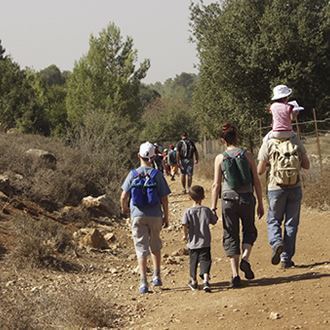
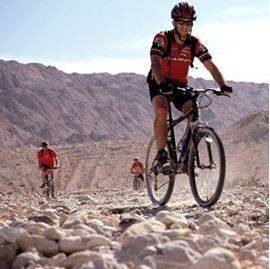
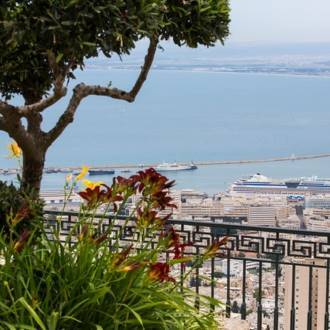
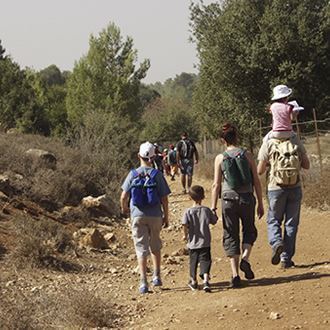
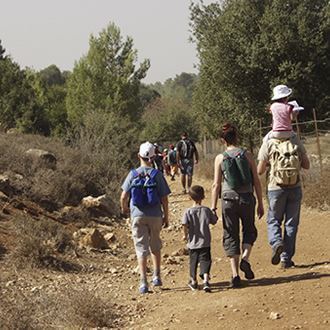
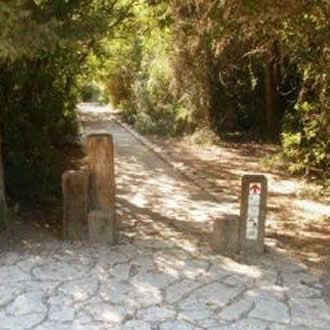
Nearby attractions
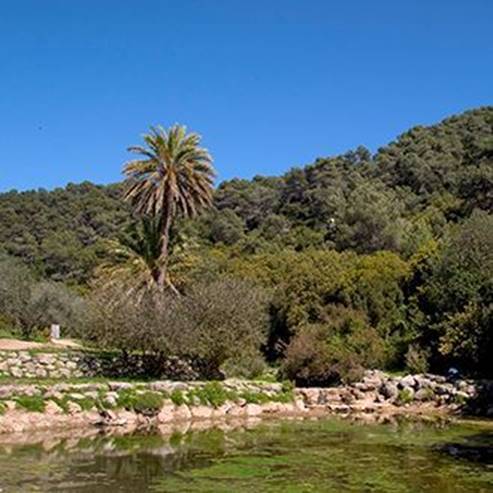
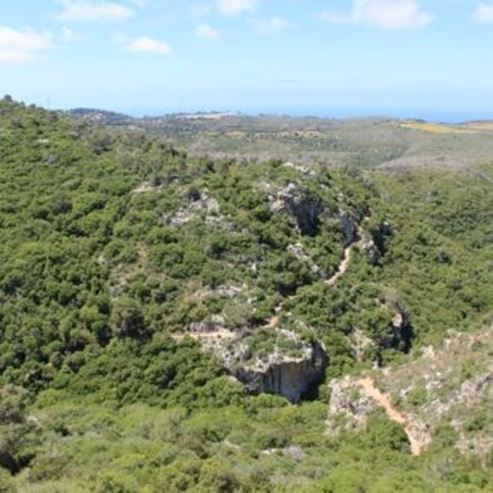

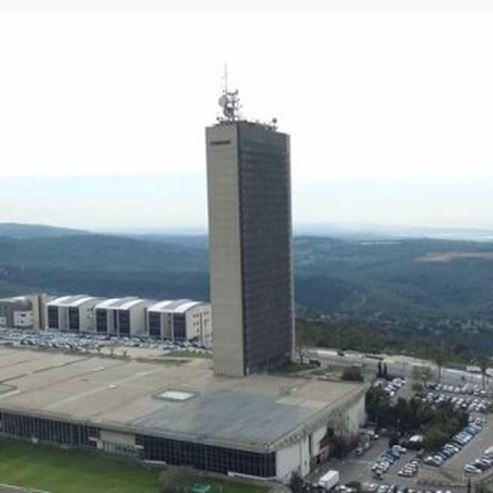
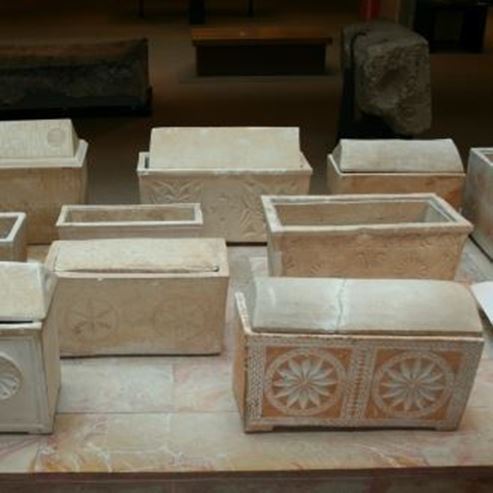
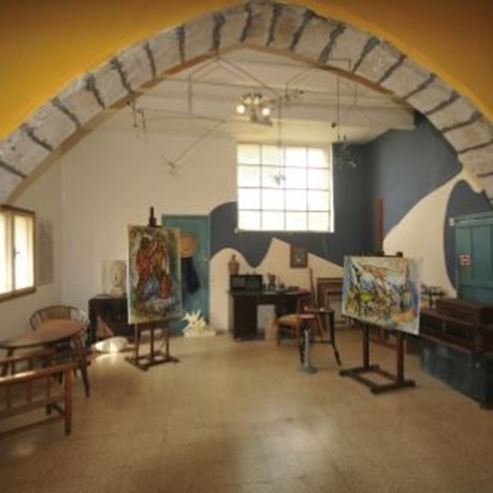
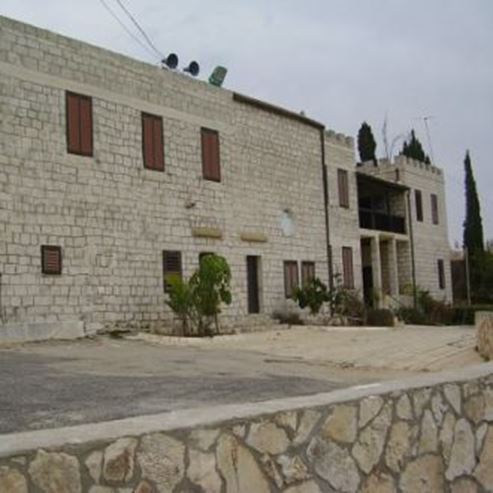
Nearby restaurants

Cofix - University Multipurpose Building, Haifa

Aroma Haifa University
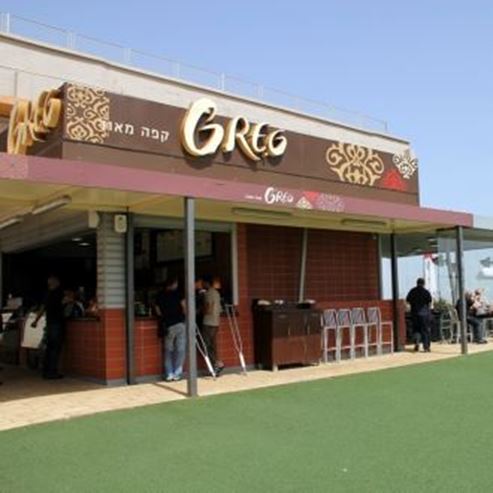

Cofix - University - Building of the Arts Center, Haifa
